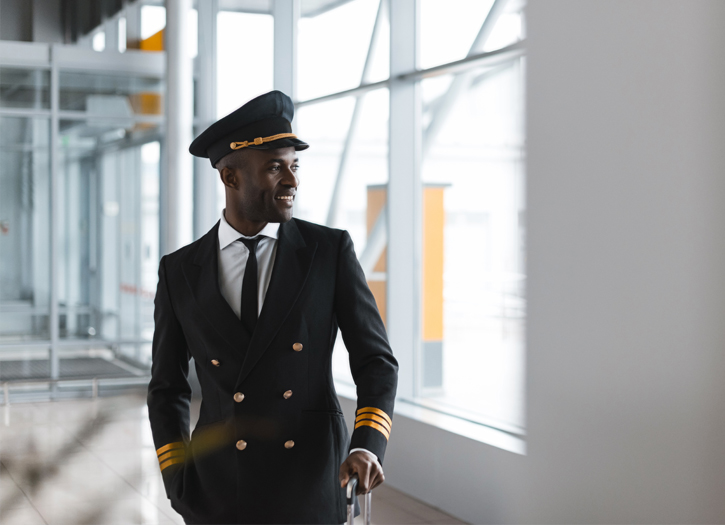The 2019–20 coronavirus pandemic has had a significant impact on aviation industry due to the resulting travel restrictions as well as slump in demand among travelers. Significant reductions in passenger numbers has resulted in planes flying empty between airports and the cancellation of flights.
Government regulations in Europe and the United States mandate airlines to refund fares when flights are cancelled, but in many cases airlines have instead offered vouchers or travel credits that must be used by the end of the year. Despite pleas from industry lobbyists to expand the regulations to allow travel credits, the US Department of Transportation has reiterated that airlines are obligated to provide refunds for cancelled flights.
As passenger flights were canceled, the cost of sending cargo by air changed rapidly. The cost of sending cargo across the Pacific Ocean tripled by late March. Air freight rates rose as a consequence, from $0.80 per kg for transatlantic cargoes to $2.50-4 per kg, enticing passenger airlines to operate cargo-only flights, while cargo airlines bring back into service fuel-guzzling stored aircraft, helped by falling oil prices. At the end of March, cargo capacity was down by 35% compared to the previous year: North America to Asia Pacific capacity fall by 17% (19 % in the opposite direction) Asia-Pacific to Europe was down by 30% (reverse: -32%), intra-Asia was down by 35%. Lagging the capacity reductions, demand was down by 23% in March, resulting in higher freight rates: from /Hong Kong, between March 2 and April 6, +158% to Europe and +90.5% to North America.
On 5 March 2020, the International Air Transport Association estimated that the airline industry could lose between US$63 to 113 billion of revenues due to the reduced number of passengers.IATA had previously estimated revenue losses of around US$30 billion two weeks before their 5 March estimate.By 17 March, IATA had stated that its 5 March estimate was “outdated”, and that airlines would require $200 billion in bailouts to survive the crisis.IATA further revised their revenue loss estimate in 24 March to be $252 billion globally, a 44 percent drop. In Europe, the impact of the outbreak is expected to accelerate corporate consolidation in the airline industry.
Air travel demand rose 2.4 percent year-on-year in January 2020, the lowest it has been since the eruptions of Eyjafjallajökull, though travel disruptions due to coronavirus only began in late January.By March, the number of flights had plummeted, with about 280,000 flights reported between 24 and 30 March 2020 compared to around 780,000 in a similar period the previous year.Despite a lack of passengers, regulations regarding flight slots initially compelled British airlines to fly empty planes to European airports in order to avoid losing their slots.Fuel prices dropping (due to an oil price war between Russia and Saudi Arabia) by around a quarter could not compensate for the fall in demand.
By mid-April, the inactive fleet ballooned to almost 14,400, over two-thirds of the 22,000 mainline passenger airliners, leaving 7,635 in operation stood: predominantly in Europe, where less than 15% are operating, than in North America (45%) or Asia (49%); and affecting narrowbody aircraft (37%) less than widebody aircraft (27%).Consequently, demand for aircraft storage increased to the point where runways and taxiways in normally busy airports such as Frankfurt Airport and Atlanta Airport were closed to make room for storage.In April global passenger capacity is down 91%; the ICAO anticipates 1.2 billion fewer travellers by September 2020 compared to a typical year, a revenue fall of $160-253 billion for the first nine months of 2020.While European airlines owe $10 billion for cancelled flights, IATA is predicting a 55% fall in revenue compared to 2019, a $89 billion hit, costing $452 billion on the wider economy.
The use of aeroplanes by travelers has been implicated in the spread of the coronavirus.The World Health Organisation noted that “Transmission of infection may occur between passengers who are seated in the same area of an aircraft, usually as a result of the infected individual coughing or sneezing or by touch”.Amidst the coronavirus pandemic, people have purchased discounted airline tickets to travel.







Add Comment